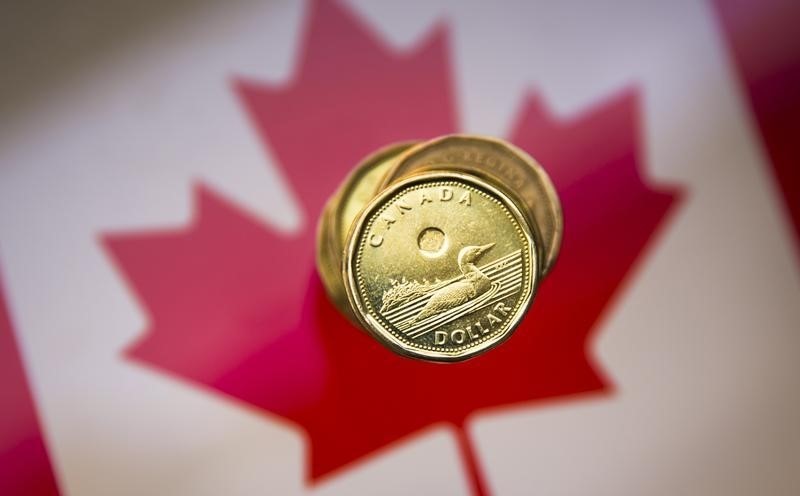* Aussie, loonie pull back from highs as oil surge stalls
* Yen broadly weaker as risk sentiment improves
* Disappointing U.S. data pins dollar down on euro (Updates prices and details, adds quotes)
By Shinichi Saoshiro and Ian Chua
TOKYO/SYDNEY, April 20 (Reuters) - Commodity-linked currencies like the Australian and Canadian dollars pulled back from recent peaks on Wednesday as a rally in crude oil prices stalled after a oil workers' strike in Kuwait ended.
The Aussie was down 0.3 percent at $0.7791 AUD=D4 . It had climbed on Tuesday to $0.7827 AUD=D4 , a high not seen since June, as global risk appetite had improved thanks to an earlier sharp bounce in crude oil and equities, with U.S. stocks coming within reach of a record high.
The U.S. Federal Reserve's caution over raising interest rates, coupled with ultra-loose monetary policies in Japan and Europe, has boosted the appeal of the higher-yielding Aussie this year.
The Canadian dollar hit a high of C$1.2630 per USD CAD=D4 overnight, reaching a high last seen in July, before slipping back to C$1.2698.
Crude futures fell on Wednesday, snapping a sharp two-day rally, after Kuwaiti oil workers ended a three-day strike that had cut production from the Middle Eastern country. O/R
The Aussie's recent surge -it has gained seven percent this year after plumbing a seven-year low in January- had analysts wondering whether the currency had climbed too far too fast.
"If the Aussie peaks out here or continues to advance likely depends on two factors: how crude oil fares and whether the U.S. dollar can end its retreat. For the U.S. dollar, next week's Federal Open Market Committee (FOMC) meeting will be key," said Junichi Ishikawa, FX analyst at IG Securities in Tokyo.
"From a technical viewpoint, the Aussie looks to have peaked. It has reached to the top of the weekly Ichimoku cloud. Experience tells us that the Aussie began a descent the last time it neared the cloud top back in 2014."
Against the greenback, the euro was at $1.1365 EUR= , continuing to recover from a low of $1.1234 set last week. Traders said much now depends on the outcome of the European Central Bank (ECB) policy meeting on Thursday.
In March, ECB chief Mario Draghi unleashed a bold easing package but the euro rallied after he suggested there would be no further cuts.
"The debate over what ECB president Draghi can do to weaken the euro is growing," analysts at ANZ wrote in a note to clients.
"Outside of some verbal discomfort at the euro's strength and reiteration that the ECB stands ready to take further action if necessary, it is difficult to see what he can do."
"The risks of a further squeeze higher in EUR/USD are significant," they added.
Disappointing U.S. housing data on Tuesday was a drag on the greenback against the euro and commodity currencies.
The greenback did fare better against the safe-haven yen, its appeal dimmed as equities have performed well this week. The dollar climbed back above 109.00 yen JPY= , pulling away from Monday's trough of 107.75. The euro briefly popped above 124.00 yen EURJPY=R for the first time in over a week.
The New Zealand dollar NZD=D4 pushed above 70 U.S. cents for the first time in 10 months.
Keeping kiwi bulls happy, international milk prices rose for a second time this month. Analysts at ASB said the lift in dairy auction prices beat expectations, led by a jump in whole milk.
